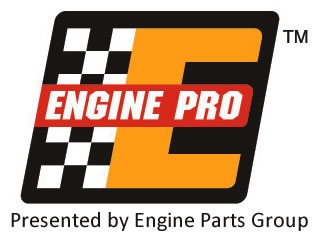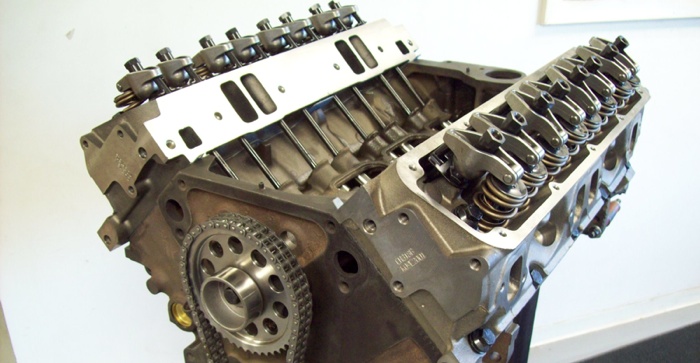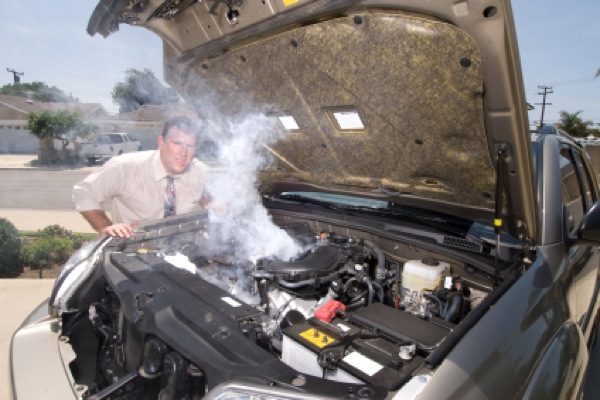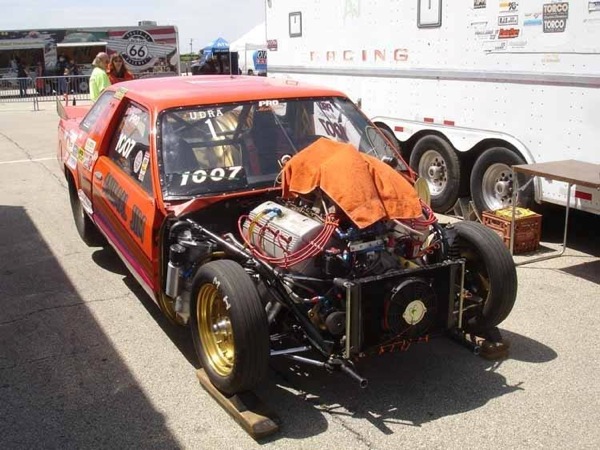Shop Solutions June 2015
In our shop we do a variety of cylinder heads for late-model diesel trucks. On jobs like 6.0L Fords, 5.9L Cummins or 6.6L Duramax diesels our customers often install ARP studs as an improved fastener. ARP highly suggests that the studs be re-torqued after the engine is run for the first time.

Parts Happen
We chose to expand on the idea of taking the engine under the hood of your customer’s car, and modifying it rather than searching out a more desirable muscle car engine. Now, with the money you’d save by not having to purchase another expensive desirable core motor, invest that money into a stroker crankshaft and a set of matching pistons to build a bigger cubic inch engine that would have more power than the old factory muscle car engine and greater dependability from the new upgraded parts.

Failure Happens
In our industry and business, one thing that has not changed is the inconvenience and total disruption to progress and profits brought along by a comeback. Unfortunately, “Failure Happens.” This might just be the next must-have bumper sticker. It could address our teenagers, our government and the occasional warranty. I won’t address my teenagers and

Cracking Down on Block Fillers
In earlier articles, I mentioned filling dedicated, drag racing iron blocks to keep cylinders round and keep them from cracking. Many drag racers still practice that modification. Today, racers have the luxury of a low-cost block filler called Hard Blok, provided by Joel Bayless. Back in my early Pro Stock days, when I was racing

Valvetrain
Selecting the right components to make a rock-solid valvetrain is key to assembling an engine that will last – and win. The pushrods, rockers and valve springs must be able to handle all of the stresses of the camshaft rotating with high spring pressures and with huge lift. Weakness in any part of the system
World’s Smallest V8 Engine
Gary Conley’s 30-year quest to manufacture a true production V8 engine in quarter-scale almost went up in smoke twice, once in 2001 when a foundry fire claimed all his critical molds, and later when oil smoke proved a stubborn problem during run-offs of the engine. Conley overcame the first setback with years of sheer determination.
Q&A With Dirt Late Model Engine Builders
Fact: There are more than 700 dirt tracks in this country and a vast number of them have some type of a Dirt Late Model (DLM) series. Some even have multiple DLM classes. In addition, there are dozens of traveling series headed by the top-gun Lucas and World of Outlaw groups. They support a
Cylinder Bores-Machining To Sleeving
The function of a cylinder bore is fairly simple yet quite demanding. The bore is nothing more than a cylindrical void which contains the engine’s air/fuel mixture as it undergoes compression and combustion. The walls of the cylinder have to be strong enough and rigid enough to withstand high combustion pressures and temperatures
Jasper, Sunnen Give Away Street Performance Engine For Charity
Sunnen Products and Jasper Engines and Transmissions have teamed up to produce a high performance engine that features a full complement of aftermarket parts. According to Ron Williams, SMTSE, Southeastern Regional Mgr. for Sunnen, the proceeds from the raffle all go to charity. One hundred percent of the money raised from the Rev It Up
Karting Engine Market and Technology
Experts say that the situation isn’t getting any easier for flathead lovers because many parts and pieces, such as flywheels and sump covers, are not manufactured anymore. There are, however, some replacement parts on the market that are manufactured in China such as sheet metal and valves. Burris now makes most of the pistons for
2010 Stroker Engine Guide: Building a Late Model Hemi Stroker
What is the purpose of stroking a motor? The answer is simple: toobtain more cubic inches. And in today’s economic times, it’s alwaysbest to achieve “more” with less – as in less money. The key word tomany stroker enthusiasts today is “budget”. However, the word “budget” has a way of being interpreteddifferently by different people.
Not every shop is closing and, in fact, there are even new, state-of-the-art shops opening, as evidenced by GJM’s grand opening last month. Earlier this year, Gregg Jacobson and Mark Garrett launched a new machine shop in Southern California about 40 minutes outside of L.A., in the San Fernando Valley. Both Jacobson and Garrett saw
Stroker Motor Opportunities: Love the One You’re With
Let’s face it: there are only so many 340 Chryslers, Boss 302s, 427 medium risers and 440 Six-pack engines out there. Luckily, many combinations of less-familiar engine components are readily available and can rescue you from the cookie cutter mentality. A quick inspection of a few of the many forged piston manufacturers’ catalogs reveals a
Building a Late Model Hemi Stroker
What is the purpose of stroking a motor? The answer is simple: to obtain more cubic inches. And in today’s economic times, it’s always best to achieve “more” with less – as in less money. The key word to many stroker enthusiasts today is “budget”. However, the word “budget” has a way of being interpreted
Today’s Niche Market Engine Opportunities
As we reported in our 2009 Machine Shop Market Profile, the total number of engines built is down, however, savvy engine builders know that finding the right niche markets can make the difference between success and failure of their business. With OEMs making engines that last well into the 200,000-mile range it’s no wonder rebuilders
Building to Race, Racing to Win
Building championship-caliber engines isn’t a new concept to Jeff Williams. Since he started building his first stroker 302 Ford at age 14, the West Texas native/Southern California transplant has been looking for ways to go faster than his competition. These days, that’s often a very challenging assignment. But more on THAT in a minute. “I’ve
Piston Options and Opportunities
The sport compact market, it was thought, was going to breathe new life into the performance engine market, and for many years, the rapid growth of the market seemed to indicate that there was no limit to how big those little engines could get. Then something happened: to quote Engine Builder columnist and performance expert
Up-Selling in a Down Market
Do you ever wonder what’s next? First gas prices climb to more than $4.50 per gallon and everyone is dumping their gas-guzzlers. A couple of months later gas free-falls to $1.50 a gallon, but no one cares because people are being laid off in record numbers. Our major investment banks go bust, the credit system
Rat Rods
While the economy stalls – enthusiasts are building “Rat Rods” in record numbers. Right in the middle of the economic slowdown and our government’s bailout of Wall Street, a little West Coast car event called the Primer Nationals was taking place in Ventura, California. Did the hard times affect the turnout or enthusiasm for this
Still The Same Old Grind?
The market for crankshaft grinding has changed a great deal in recent years. With many passenger car and light truck engines now lasting upward of 200,000 miles, there’s much less demand for grinding crankshafts than there used to be. By the time the engine needs major work, the vehicle has often depreciated to the point
